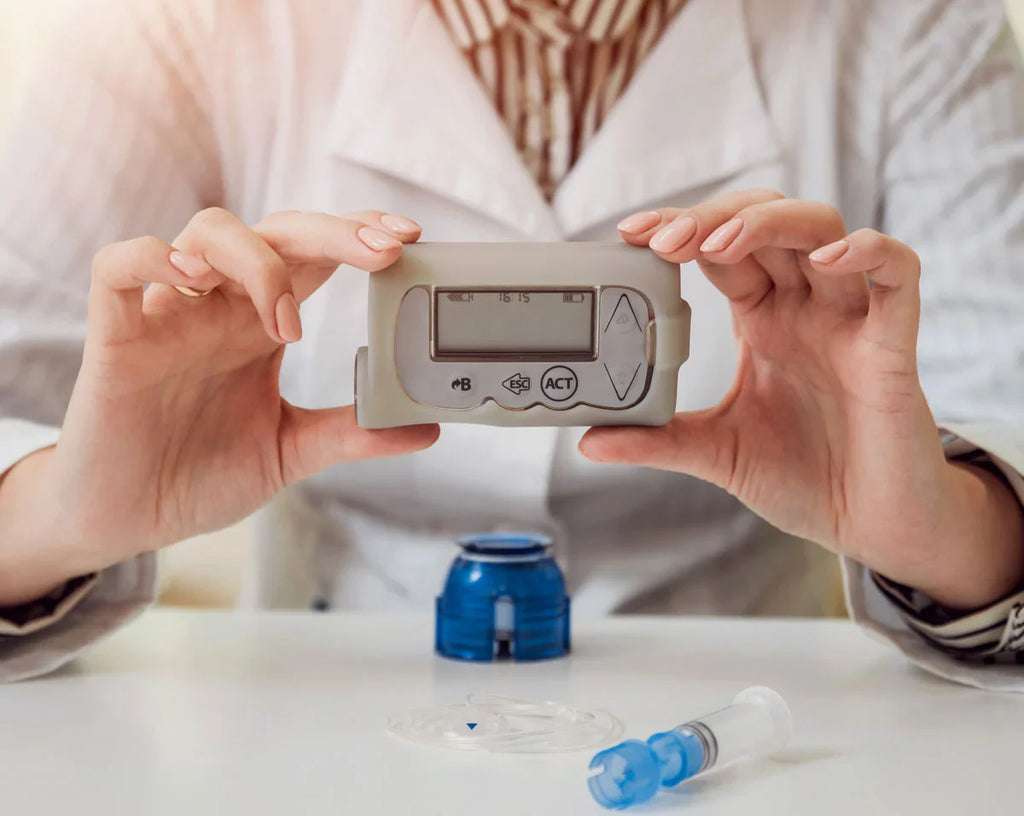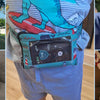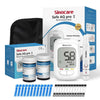Essential Maintenance Tips for Insulin Pumps, Glucose Sensors, and Diabetes Devices
-
Published on
Last updated on

Diabetes Device Maintenance Tips
Insulin Pumps
Regular Cleaning:
- Clean the exterior of the pump with a soft, damp cloth. Avoid using alcohol or abrasive cleaners.
- Protect your insulin pump with Kaio-Dia Insulin Pump Pouches to minimize wear and keep it clean.
Battery Maintenance:
- Use the correct type of battery as specified in the user manual.
- Replace batteries as needed and keep spare ones handy.
Software Updates:
- Regularly check for software updates provided by the manufacturer to ensure your pump functions properly.
Glucose Sensors
Sensor Placement:
- Follow the manufacturer’s guidelines for sensor placement to ensure accurate readings.
- Regularly change sensor sites to avoid skin irritation and improve sensor performance.
- Use a Dia-Band or Dia-Style armband, available for many sensors like Freestyle Libre, Dexcom, Medtronic Simplera, Sibionics, Guardian Enlite, and others, to keep the sensor in place and protected.
Storage:
- Store unused sensors in a cool, dry place. Avoid exposing them to extreme temperatures or humidity.
- Use Kaio-Dia Diabetes kit and cases to keep sensors organized and protected during storage and travel.
Other Devices (e.g., Insulin Pens, Hypo Kits)
Insulin Pens:
- Clean the exterior of the pen with a damp cloth.
- Store insulin pens at the recommended temperature, generally between 2°C and 8°C for unopened pens, and at room temperature for opened pens.
- Use Dia-Cool Cooling Cases to protect your pens or insulin vials, helpful in summer heat and winter temperature fluctuations.
Hypo Kits:
- Regularly check the expiration dates of glucose tablets and other components.
- Replace used or expired items promptly.
- Keep hypo kits easily accessible in handy kitbags for quick response in emergencies.
Common Problems and How to Resolve Them
Insulin Pumps
Occlusions:
- If the pump alerts you to an occlusion, check the tubing for kinks or blockages.
- Replace the infusion set if necessary.
Battery Failure:
- Track battery life and replace batteries before they deplete.
- If the pump doesn't turn on, check for corrosion in the battery compartment and clean it carefully if needed.
Glucose Sensors
Sensor Errors:
- If you frequently receive sensor errors, ensure the sensor is properly inserted and the site is clean.
- Restart the sensor or replace it if the issue persists.
Adhesion Problems:
- If the sensor adhesive does not stick well, use an extra fixation such as armbands to keep the sensor in place and protected.
- Clean the skin thoroughly before applying the sensor to improve adhesion.
Other Devices
Insulin Pen Malfunctions:
- If the pen does not deliver insulin correctly, check the cartridge for air bubbles and expel them.
- Ensure the needle is properly attached and not clogged.
Hypo Kit Accessibility:
- Store your hypo kit in an easily accessible location, such as Kaio-Dia Diabetes Bags.
- Inform family members and friends about the kit’s location and how to use it in an emergency.
Best Practices for Storing and Handling Accessories
Temperature Control:
- Avoid exposing diabetes accessories to extreme temperatures. Store them in a cool, dry place.
- Insulin should be kept refrigerated until opened. Once opened, it can be stored at room temperature for up to 28 days, according to the manufacturer’s instructions.
Organization:
- Keep all diabetes supplies organized in a dedicated space, using Kaio-Dia cases, pouches, and bags to protect your devices from damage and contamination.
Travel Considerations:
- When traveling, carry an insulated bag like Dia-Go! or Dia-Go! Lite with a cooling system to keep insulin and other temperature-sensitive items.
- Pack extra supplies, including batteries, sensors, and infusion sets, in case of delays or emergencies. Kaio-Dia Travel Cases can help you keep your supplies organized and protected during travel.
By following these maintenance tips, promptly resolving common issues, and adopting best practices for storage and handling, you can extend the life of your diabetes accessories and ensure they function reliably. Explore the range of Kaio-Dia products to support your diabetes management and improve the longevity of your devices.





